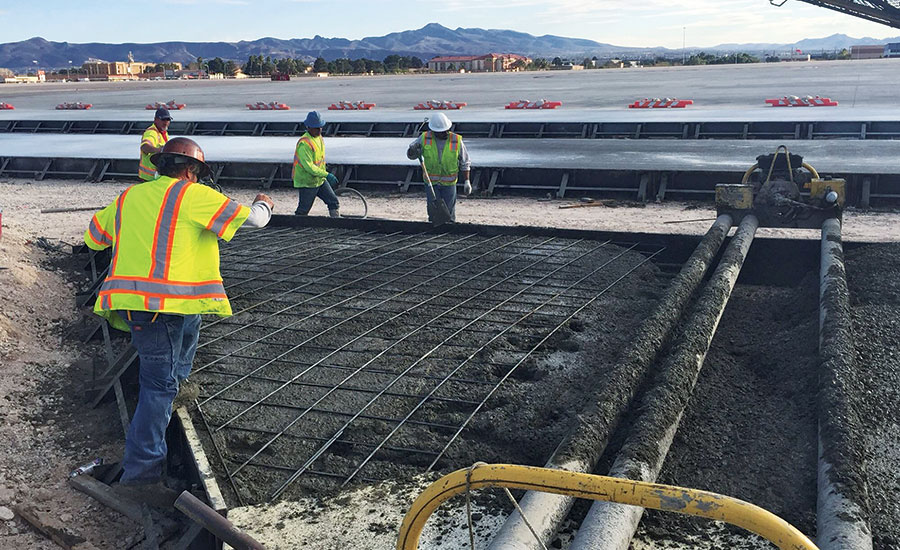With the five-year highway-transit FAST Act in place, the main congressional infrastructure issue for early 2016 is a bill to reauthorize Federal Aviation Administration programs for the next several years. In that legislation, construction firms want Congress to boost two prime infrastructure funding sources: Passenger Facility Charges (PFCs) and the FAA’s Airport Improvement Program (AIP) construction grants.
An FAA bill leads the 2016 agendas for the House Transportation and Infrastructure and Senate commerce committees, but the panels’ leaders have yet to introduce proposals. Lawmakers must act by March 31, when a stopgap authorization expires.
The Associated General Contractors’ top goal in the FAA bill is a PFC hike, says Brian Deery, senior director of its highway and transportation division. “It’s a great user fee that goes into a lot of aviation infrastructure, from terminals to runways,” he says.
“We need to modernize a lot of our airports,” adds Jay Hansen, National Asphalt Pavement Association executive vice president. “And runways, taxiways and aprons all need work.” But major airlines oppose boosting the PFC.
PFC collections in 2014 totaled about $2.9 billion, up 3% from 2013. But the PFC has been capped at $4.50 since 2000. The American Association of Airport Executives wants Congress to lift the ceiling to $8.50, with future increases indexed for inflation.
Construction groups also seek a hike for AIP, whose 2016 appropriation is $3.35 billion, the same as 2015’s. AIP grants have ranged between $3 billion and $3.4 billion since 2010. Funding hasn’t kept pace with construction- material cost inflation, says Hansen.
The House transportation committee “is still developing a bill,” says an aide. He adds that panel Chairman Bill Shuster (R-Pa.) “hopes to be able to move forward before spring.” Hansen predicts, “We’re going to see a bill unveiled very soon.”
A Senate commerce-committee aide says the lawmakers’ intent is to complete a bill by the deadline. “Everyone is mindful of the expiration date of March 31,” he says.
Shuster wants to convert FAA’s air- traffic-control operations into a new federally chartered independent entity. A major FAA restructuring will be “fraught with a lot of controversy,” says Hansen. It could make the March deadline tough to meet.
Deery says, “I don’t think they’re going to get it done by then.” If Congress can’t pass a multiyear bill by April, he expects another stopgap to keep AIP aid flowing.




Post a comment to this article
Report Abusive Comment